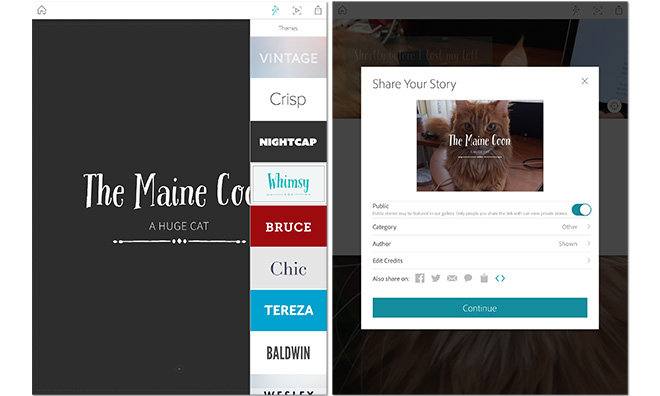With all of the discussion lately about fake news and how divided we seem to be as a people, it can be easy to start feeling negative and depressed. And that negativity can flow over into our students. After all, they are hearing the same stress and confusion from their parents, the news media, and most of the adults around them. The good news is that we can teach students how to combat such bad feelings through the simple use of storytelling, one of the most significant ways for someone to feel like he/she matters. And storytelling becomes even more powerful and affirming when it’s done together. With that in mind, I’d like to introduce you to a new digital storytelling tool: Sutori.
Beginning the Storytelling
Sutori offers a way for anyone to create a story in literally minutes. Simply begin typing. Once your story is in place, you can add all sorts of media, including video, audio, and quiz questions. (How very cool, by the way, for students to create quizzes about their own writing for others to complete!) But what makes Sutori even more powerful is that it is collaborative. You can invite others to help you with your story, to provide feedback, to co-author, or to peer review.
 This new tool works on any device with Internet access, making it perfect for the BYOD or 1:1 classroom. It is free (more about that below) and allows you to share your stories via email, social media, or on a website or blog. It can be used for not only creative writing, but also for research papers, book reports, journals, science logs, and much more. It does require registration and a login however, so it would work best with students from third grade up.
This new tool works on any device with Internet access, making it perfect for the BYOD or 1:1 classroom. It is free (more about that below) and allows you to share your stories via email, social media, or on a website or blog. It can be used for not only creative writing, but also for research papers, book reports, journals, science logs, and much more. It does require registration and a login however, so it would work best with students from third grade up.
The Education Version
With the education version of Sutori, the teacher has the ability to share a story with a group of students, allowing them to comment and discuss. And the comments can be moderated by the teacher. In addition, the teacher can create and share templates with the students for a particular assignment. You can even add students to the group from Google Classroom.
Pricing
Sutori has two pricing structures. One is free and unlocks all of the features for up to two groups. The other is unlimited and allows for as many groups as you want. The unlimited price is $99 a year, which is very reasonable.
In the Classroom
Because Sutori is so easy to use and yet so powerful, the only real limitation in the classroom is our own imagination. It would be great for daily or weekly journals, culminating projects, book trailers, virtual vocabulary walls, and even the improvement of writing for standardized tests. It’s also a great tool for helping students learn how to help others by giving them constructive feedback, a skill that many students lack. Since it’s free, you have nothing to lose by trying it yourself today!


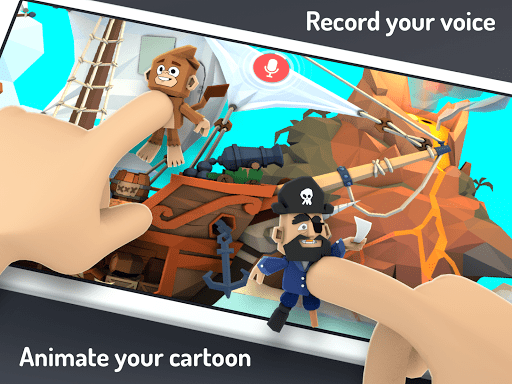
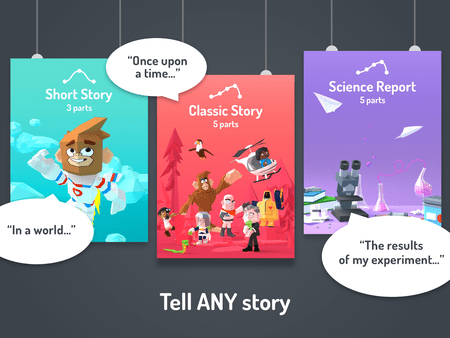 As with any tool, the strength of the learning that results comes from how much thought students have to put into it in the first place. So they should definitely be asked to storyboard their cartoon first and have it peer edited for clarity, flow, and understanding. The app encourages students to use “Story Arcs” in planning their masterpiece. According to the website, “A Story Arc is a scaffolding tool that helps you map out a story’s plot. Whether they’re learning Language Arts or Science, kids can practice communication skills using story arcs as formulas for convincing arguments.”
As with any tool, the strength of the learning that results comes from how much thought students have to put into it in the first place. So they should definitely be asked to storyboard their cartoon first and have it peer edited for clarity, flow, and understanding. The app encourages students to use “Story Arcs” in planning their masterpiece. According to the website, “A Story Arc is a scaffolding tool that helps you map out a story’s plot. Whether they’re learning Language Arts or Science, kids can practice communication skills using story arcs as formulas for convincing arguments.”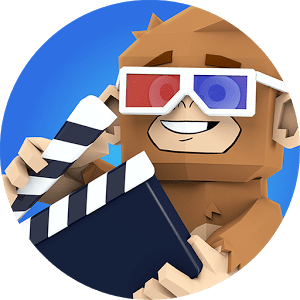
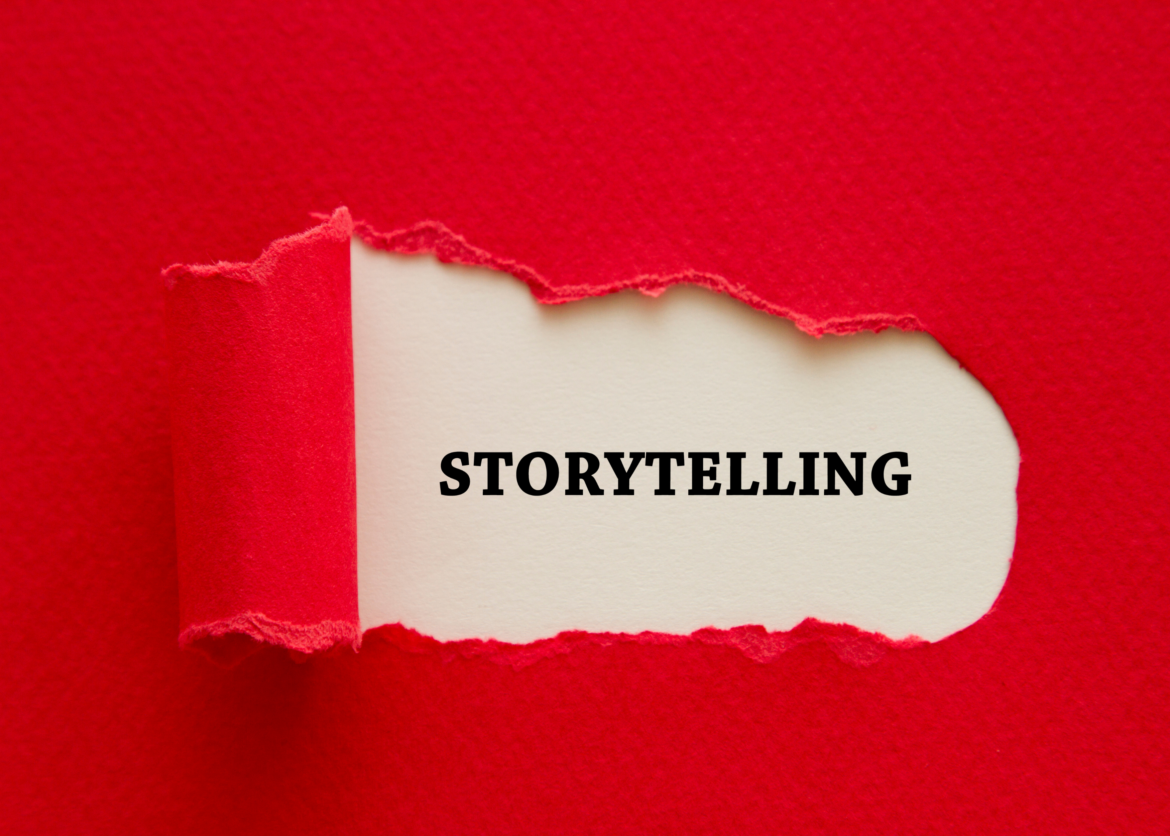
 There are various approaches to storytelling. The oral storytelling approach focuses on a beginning event, a middle with multiple events, each summarized by an image that captures our attention, until it reaches a turning point, moves to falling action, and ends. This story structure can be used for a lot more than just oral storytelling, of course. To prepare for this type of approach, Joe Lambert suggests creating a “memory box.”
There are various approaches to storytelling. The oral storytelling approach focuses on a beginning event, a middle with multiple events, each summarized by an image that captures our attention, until it reaches a turning point, moves to falling action, and ends. This story structure can be used for a lot more than just oral storytelling, of course. To prepare for this type of approach, Joe Lambert suggests creating a “memory box.”
